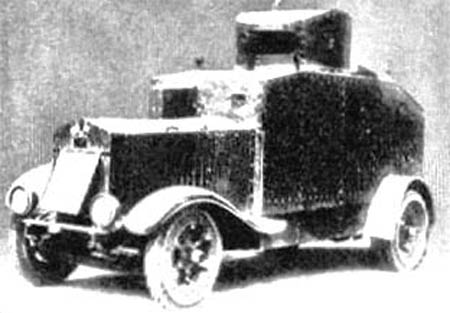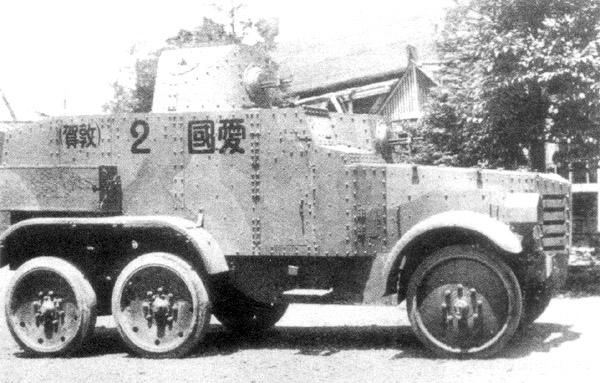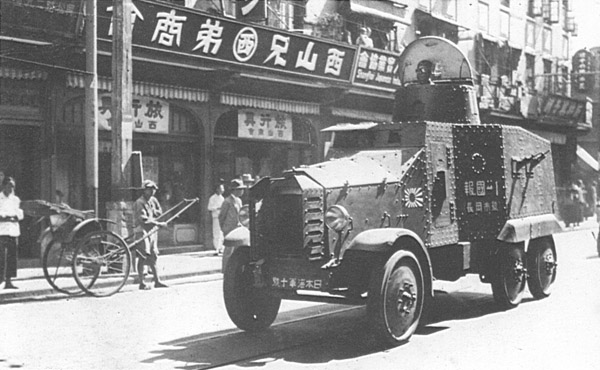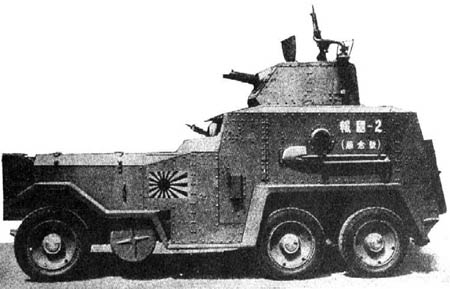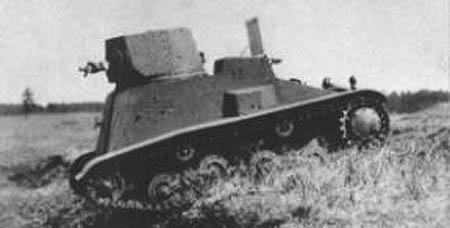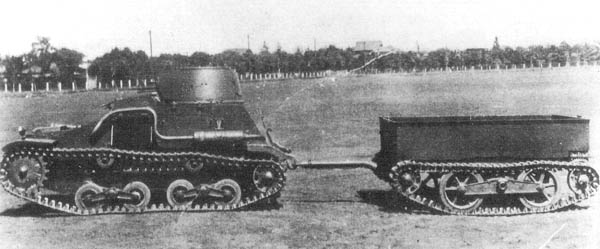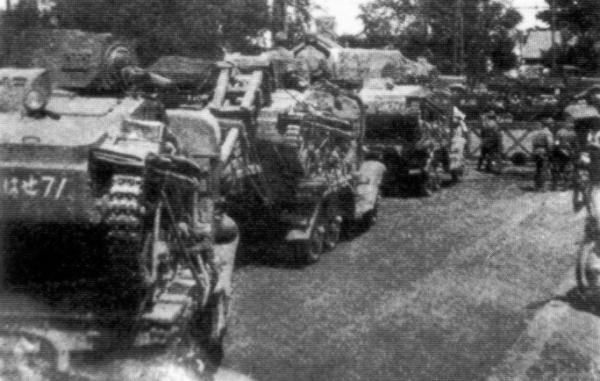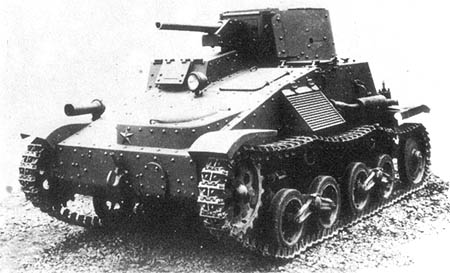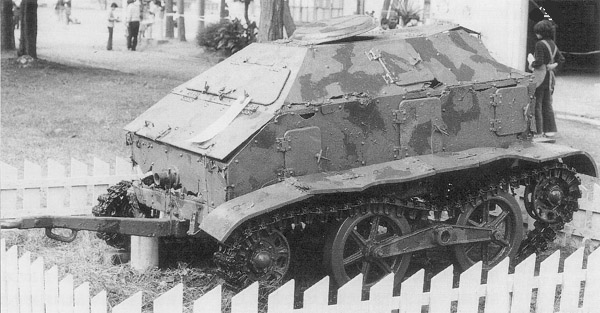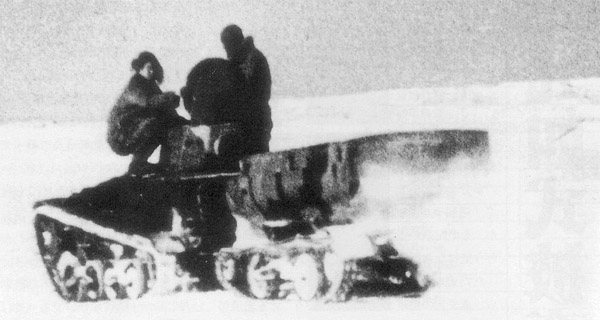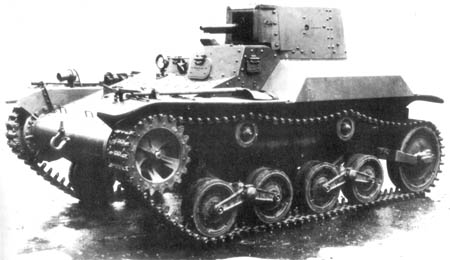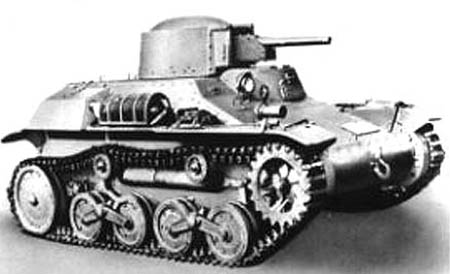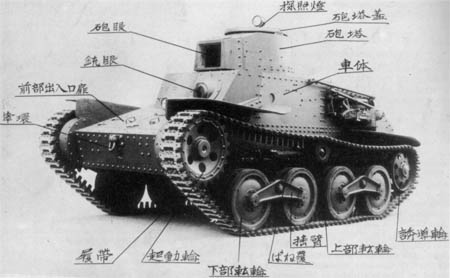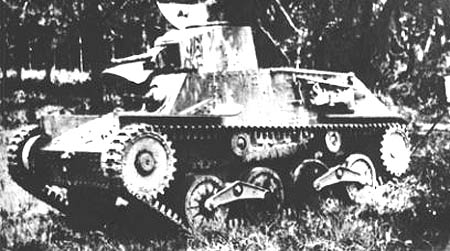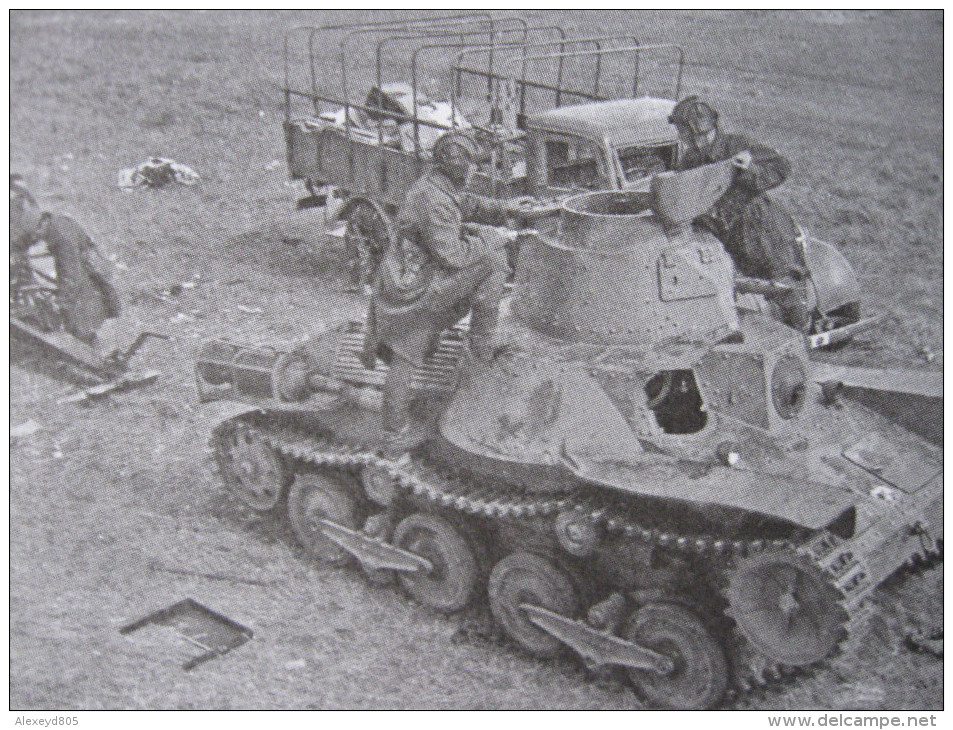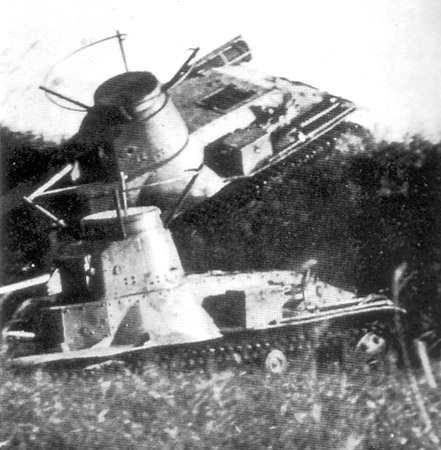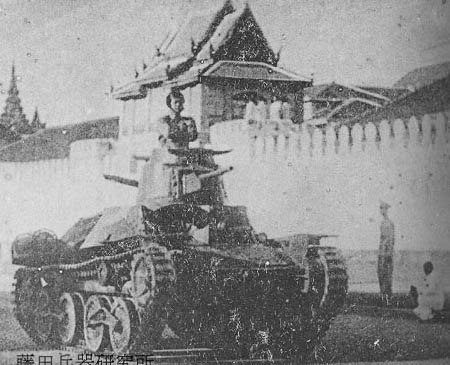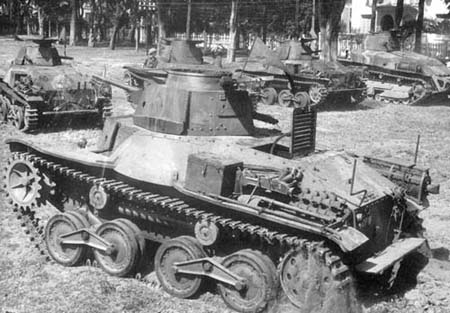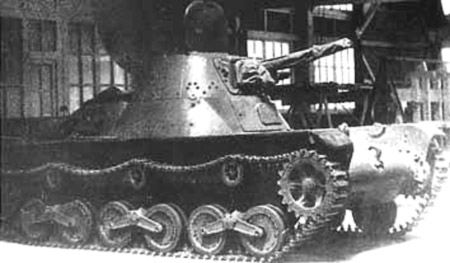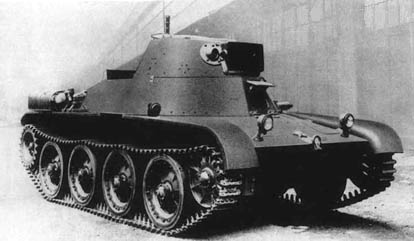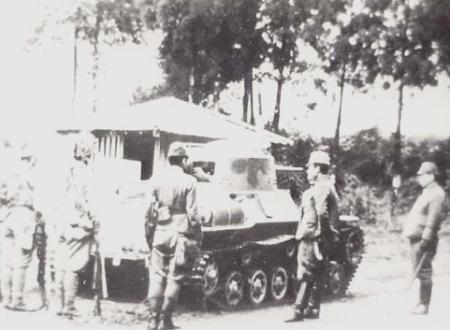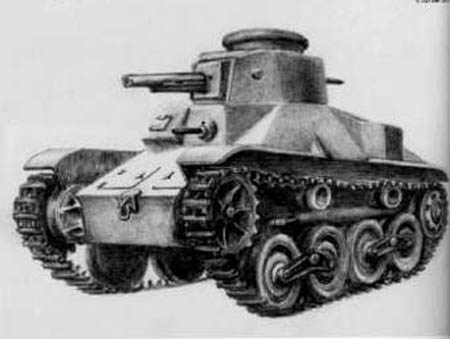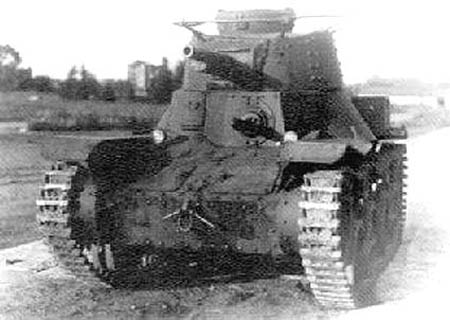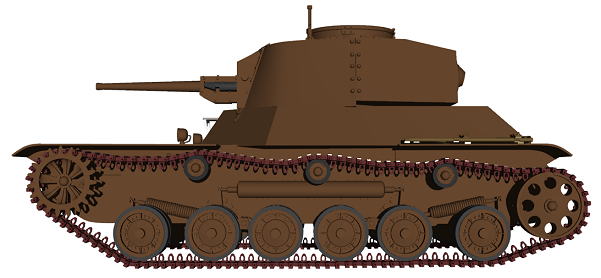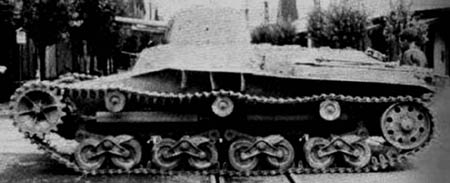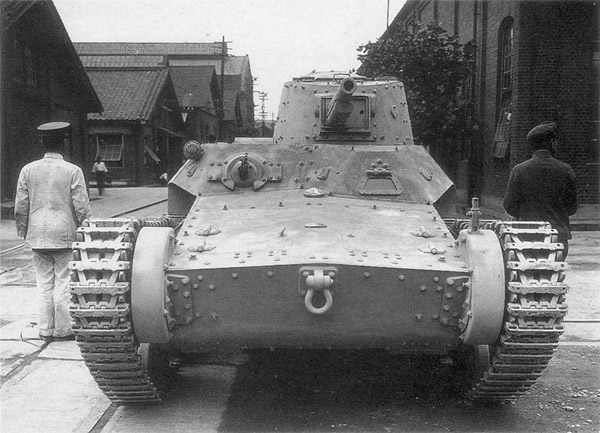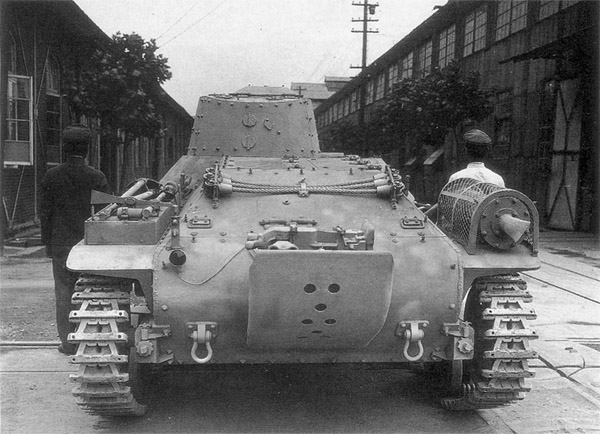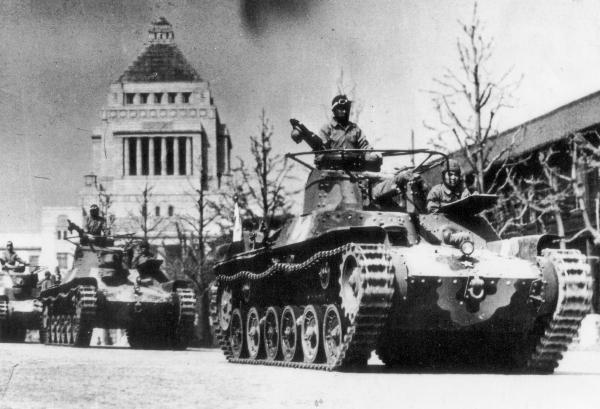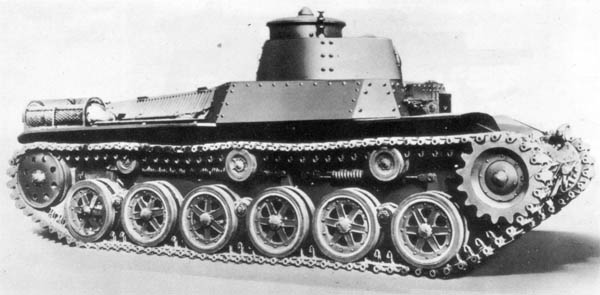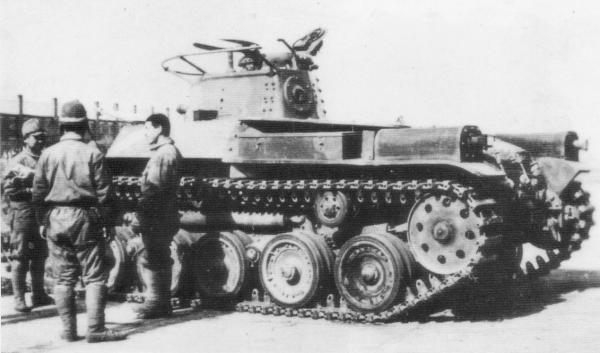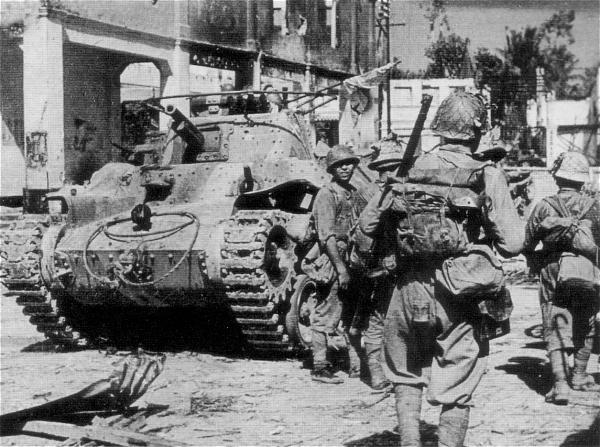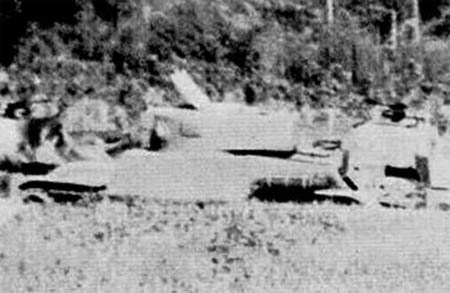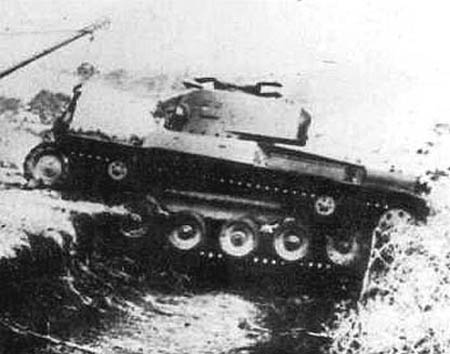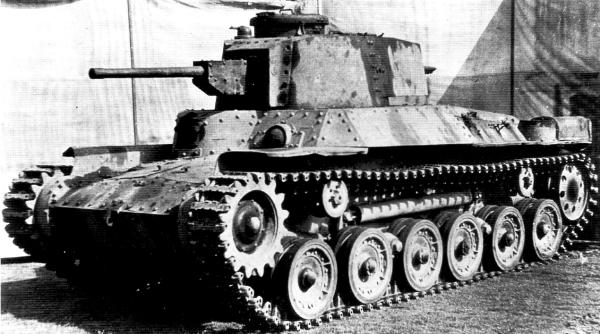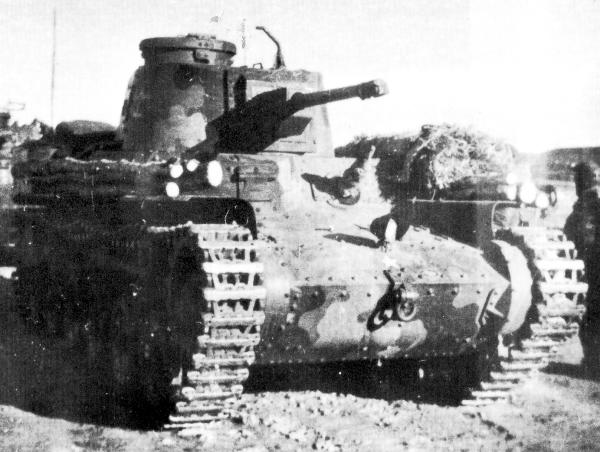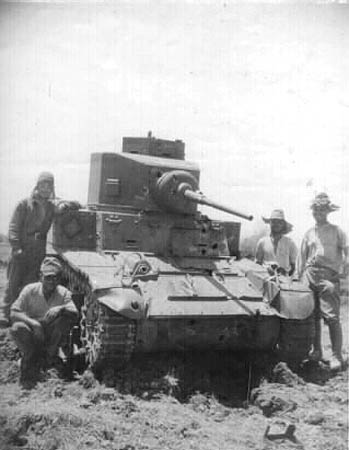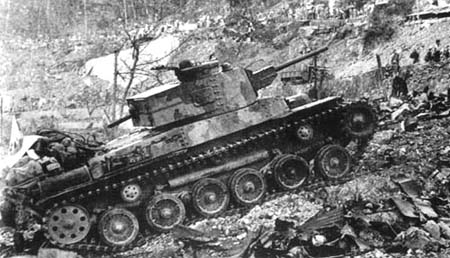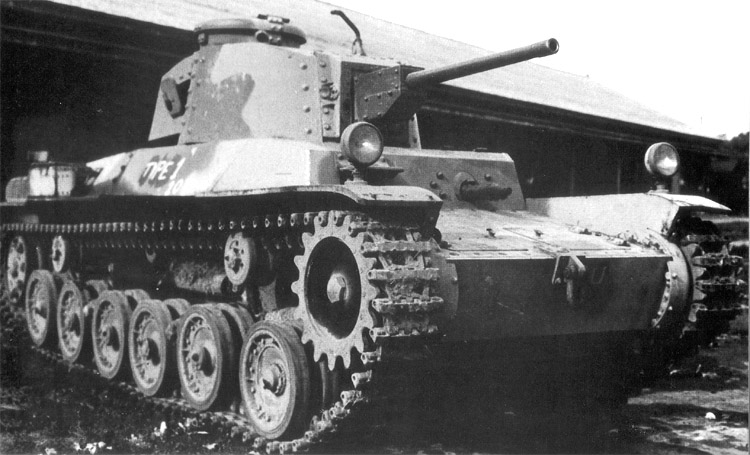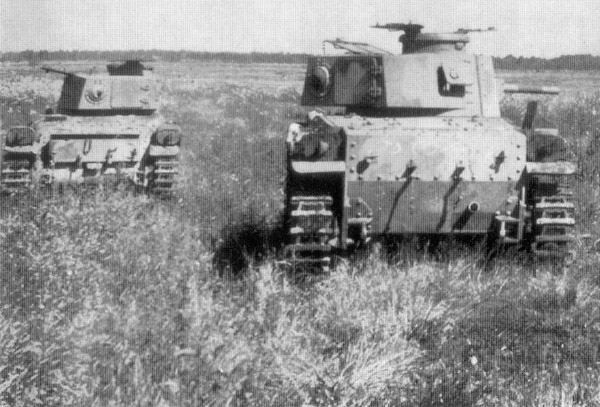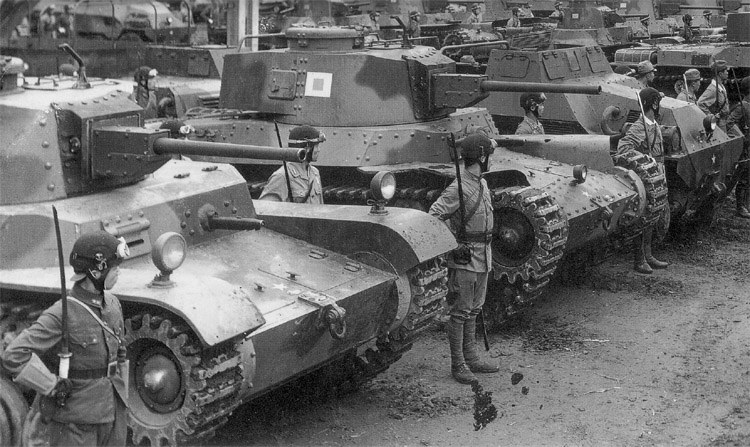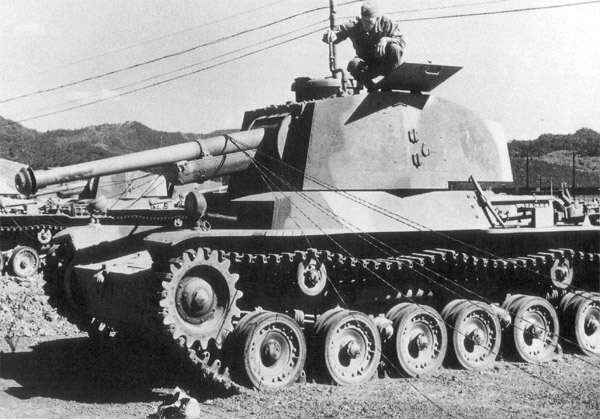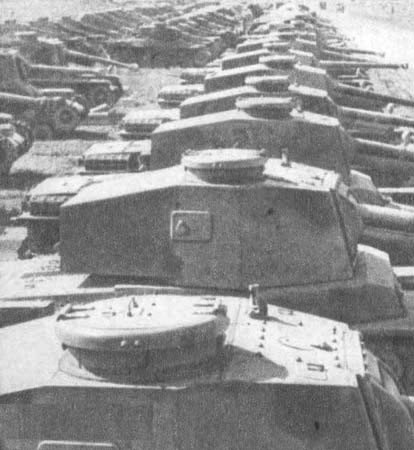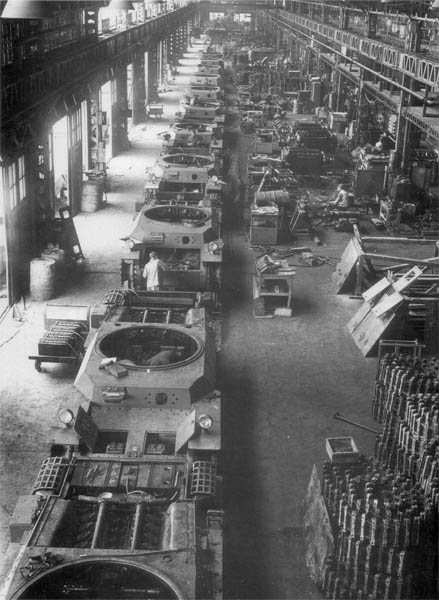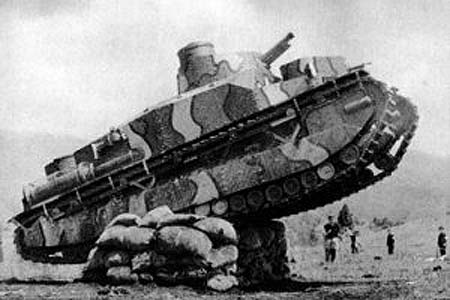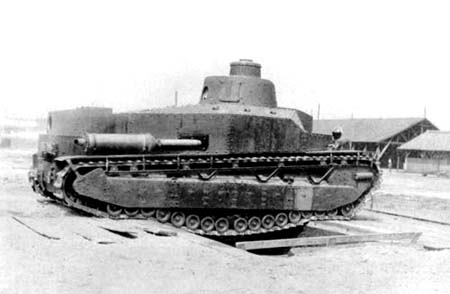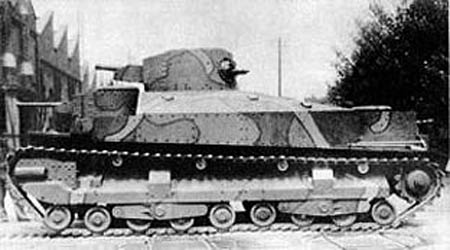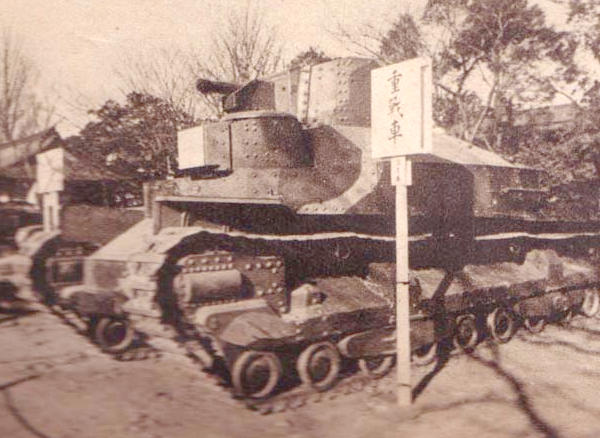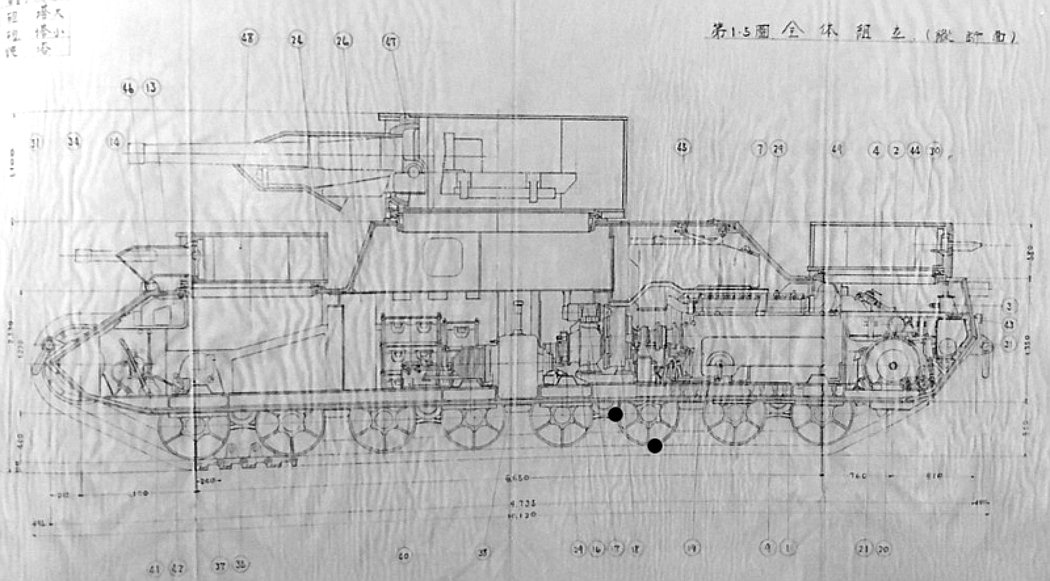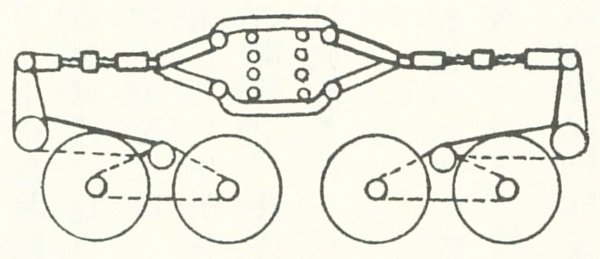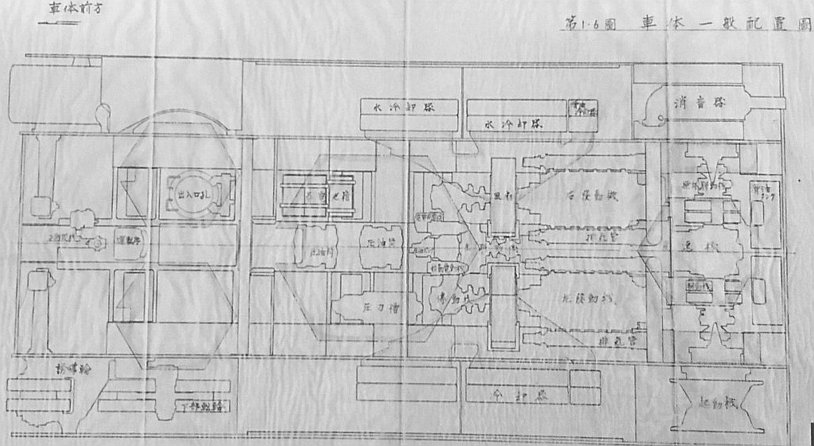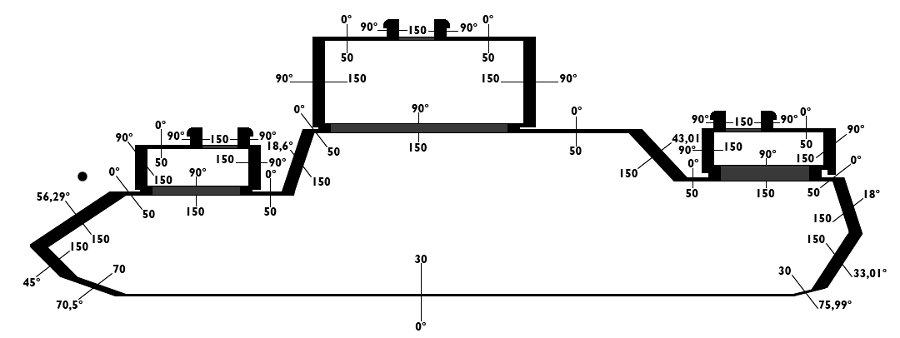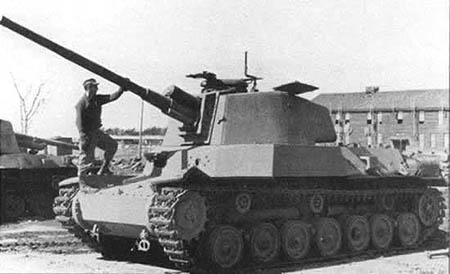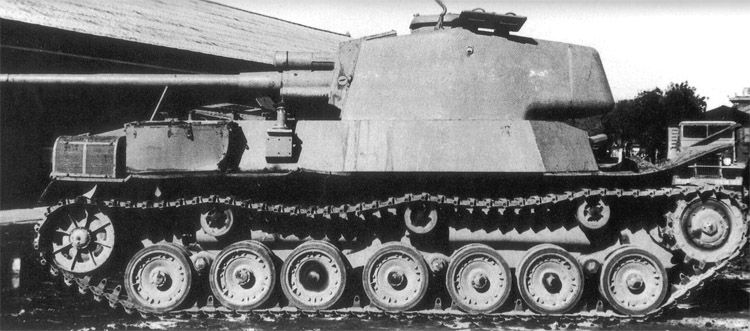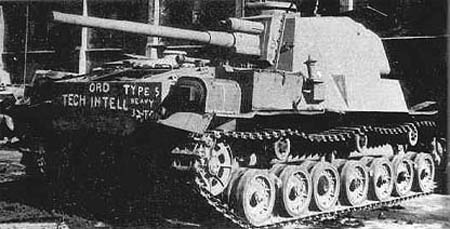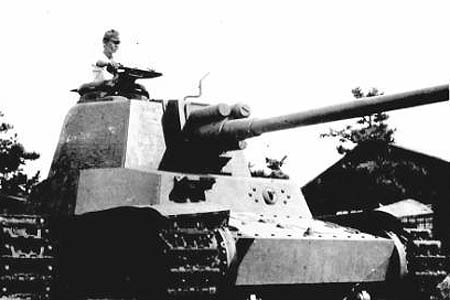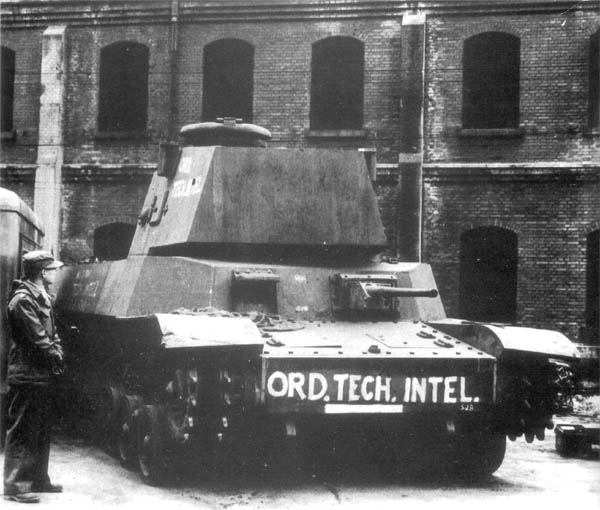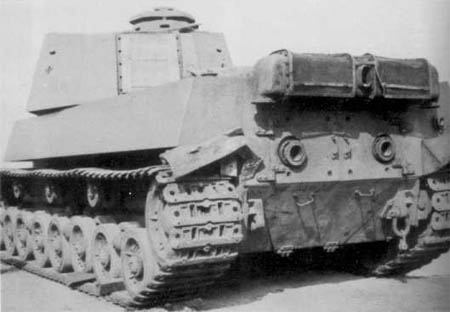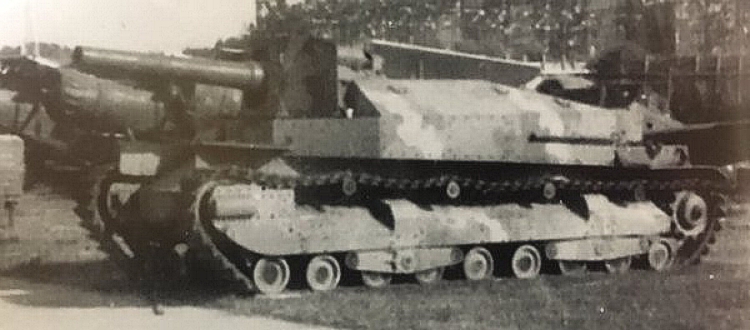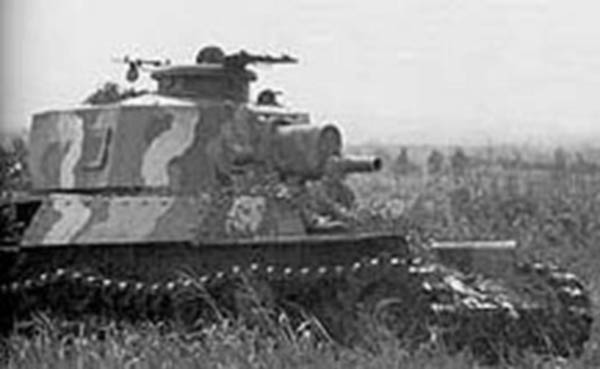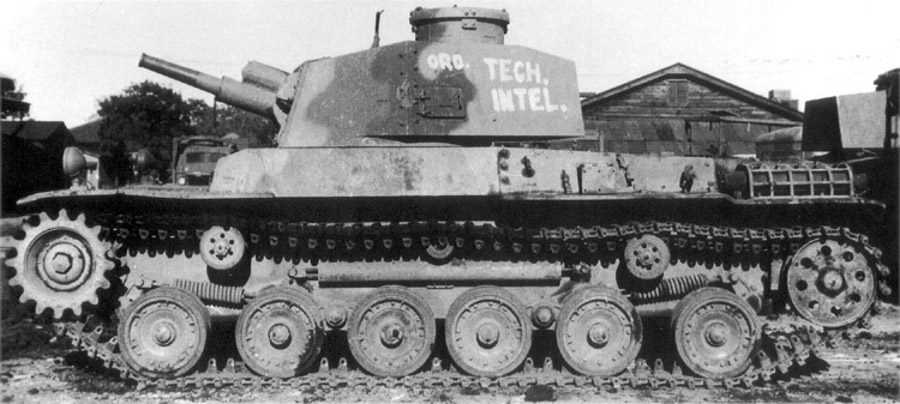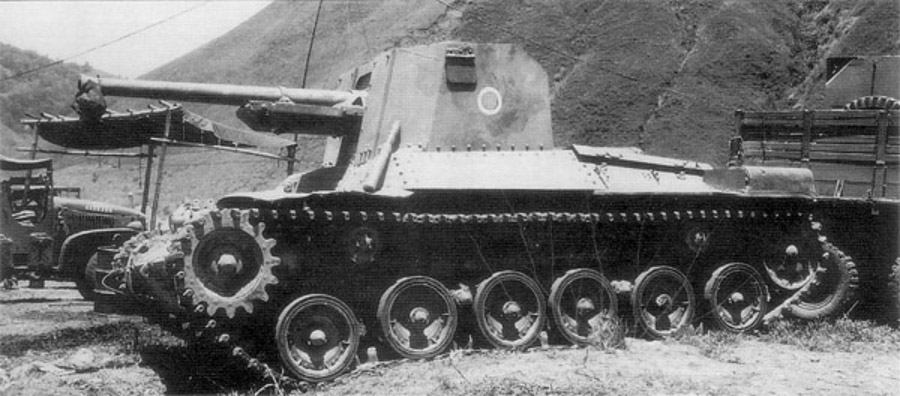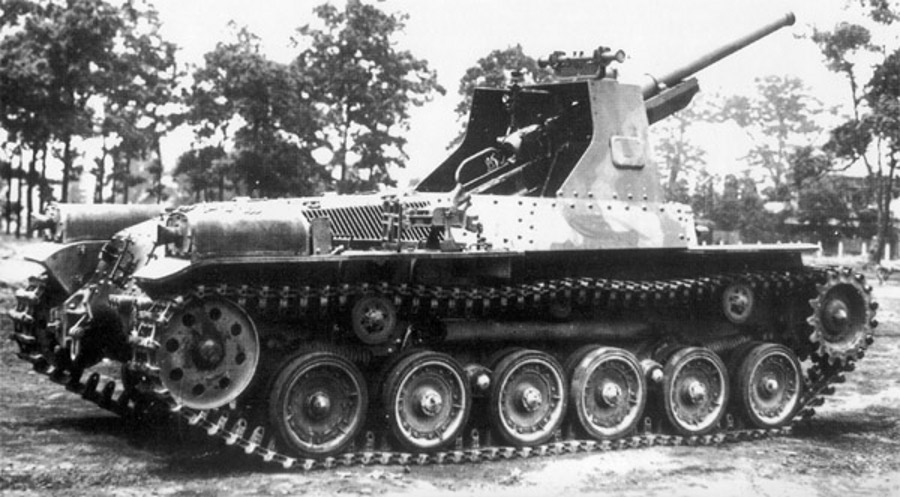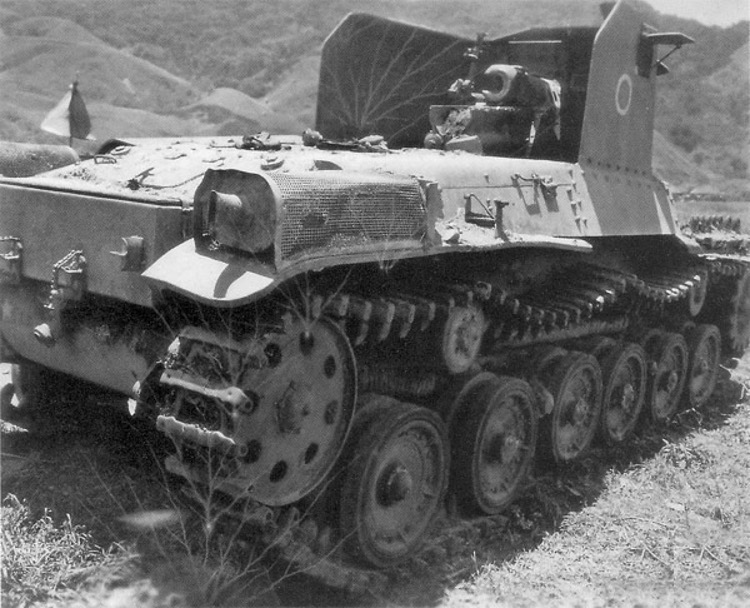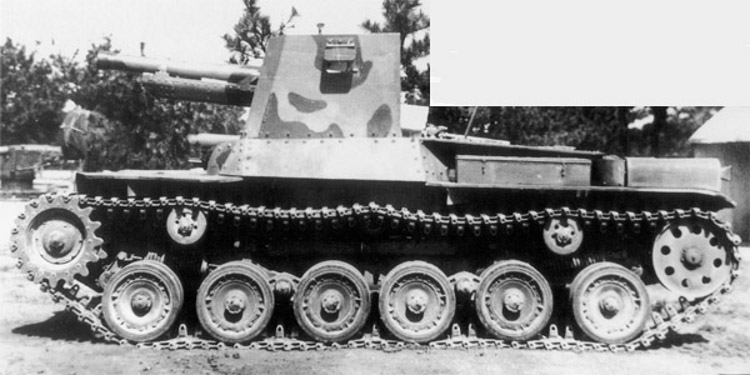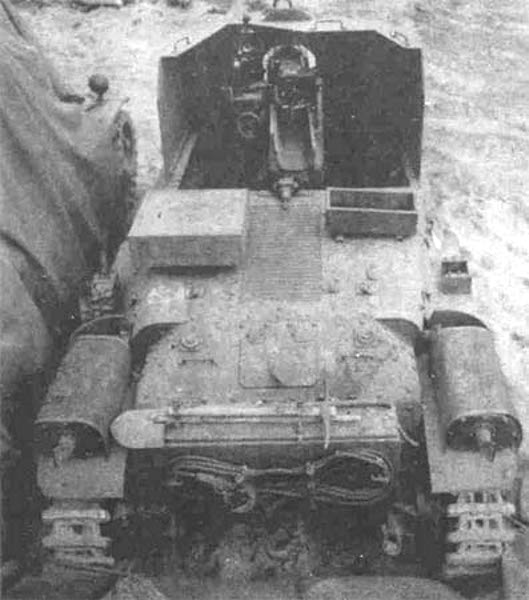Hi.
7) Armored Cars part 1
IJA and IJN used different types of domestic and foreign armored cars from 1920 on. They were used for armored support of the infantry during long-range operations and street fights even if the armor wasn´t satisfying and the mobility on non-paved roads and off-road was quite poor. Most armored cars were removed from active service after the first domestic tanks became avaliable from 1933 on. Informations on these vehicles are quite rare.
Only railway units used armored cars for railroad security and protected transport until 1945. These will be covered in a later post.
a)Austin and Austin-Putilov Armored Car:
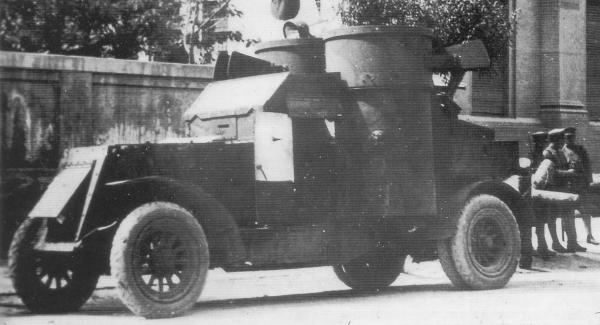
In 1919 IJA bought two second series Austin Armored Cars in Great Britain to equip the units operating with the international force during the Siberian Intervention. This operation was started in 1917 to support the White Russian forces against the Bolsheviks and the german army and to protect the massive stockpiles of supply and ammunition sent by the Entente to Vladivostok. IJA joined in mid 1918, mainly to expand their territory north of Korea.
The Austin Armored Car was desiged in 1914 by the Austin Motor Company based on a serial production truck chassis after the british army requested an armored vehicle with closed fighting comparment, two seperate MG turrets and a good mobility even on non-paved roads. In 1915 the second series was started with a stronger 50 hp engine. The drivers cabin was remodelled to allow the parallel mounted turrets to fire staight ahead and the basic armor was increased from 3,5 - 4 mm to 4 - 7 mm.
The japanese vehicles were delivered until late 1919. After the crews were trained the vehicles were shipped to Vladivostok. At this time the main purpose of the allied troops changed towards fighting off the advancing Bolshevik troops to allow an organised disarming of the beaten White Russian forces to save their equipment from falling into the enemies hands.
Among tons of rifles, ammunition and other equipment several russian Austin-Putilov Armored Cars were handed over to the Entende troops. Some of these vehicles were taken over by IJA.
This vehicles are remodelled second series Austin ACs. Russia ordered 60 of the truck chassis which were delivered in 1916. At the Putilovski Works in St. Petersburg the vehicles received stronger 60 hp engines and a rear drivers position was added. The (in driving direction) left turret was moved to the rear to allow both turrets to fire at the same side at the same time. Two armor plates were added to both sides of the MGs to protect the cooling water tanks around the barrels.
After the end of the Siberian Intervention IJA used the vehicles during various operations which results in the occupation of Manchuria in 1929. The further fate of the vehicles is unknown.
In the mid-1920th the armor from one Austin AC was removed an mounted on a domestic 6 X 4 truck chassis, but there was no serial production.
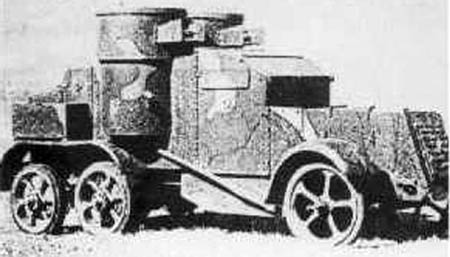
Data (Austin AC / Austin-Putilov AC)
vehicles bought/captured: 2 / unknown, but less than 10
battle weight: 4,5 (metric) t early version, 4,7 (metric) t late version
crew: 4 men / 5 men
armor 4 - 7 mm
length: 4800mm
width: 2030 mm
height: 2450 mm
engine: Austin 4-cylinder inline gasoline / russian 4-cylinder inline gasoline
power: 50 hp/ 60 hp
maximum speed: 50 km/h on roads / 60 km/h on roads
range: 200 km
Power/weight ratio: 11,1 HP/t / 12,75 hp/t
armament: 2 X 7,7 mm Hotchkiss MG / 2 X 7,62 mm Maxim M1910 MG
b) early Domestic Armored Cars:
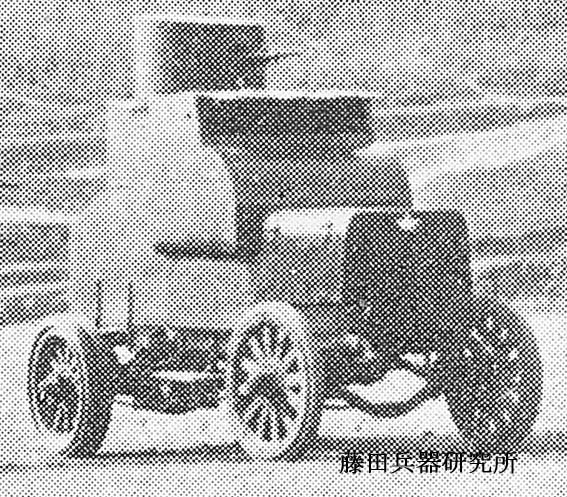
experimental light armoured car, based on a 1,5 t commercial light truck chassis, only one known prototype
Besides the Austin Armoured Cars IJA used several experimental domestic armoured cars during the Siberian Intervention based on several light, medium and heavy truck chassis. They were only lightly armoured with the face-hardened armour plates riveted on a frame. All had a rotating turret on the fighting compartment armed with a Type Taisho 3 6,5 mm MG. The heavier vehicle also had several gun ports in the vehicle sides and rear.
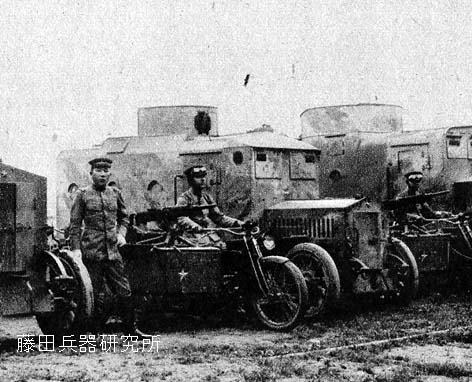
experimental medium armoured car, based on a 3 t commercial truck chassis, at least 2 prototypes were built
The armor was only able to defeat ball ammunition but was penetrated by AP ammunition. In addition the off-road mobility was poor. Nevertheless the vehicles were used with some success during the operations and so the decision was made to continue development. Further data are unknown.
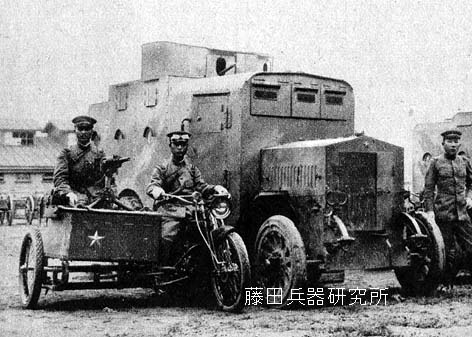
experimental heavy armoured vehicle, based on a 4 t commercial truck chassis, at least 2 prototypes were built
No further data, sorry.
c) Renault Armoured Car:
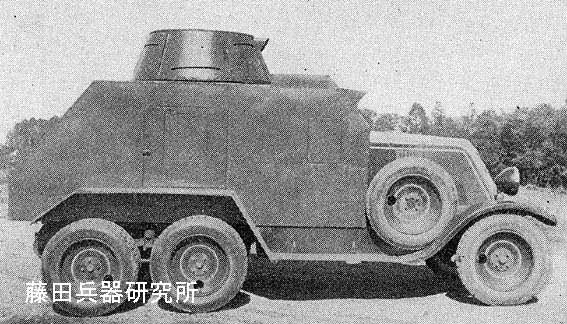
experimental Renault AC with prototype fighting compartment armour
In 1928 IJA bought a Renault 6-wheel 2,5 t truck and developed a modern armour around the vehicle. The vehicle had a drivers position in the bow and in the rear. Armament consited of a Type Taisho 3 6,5 mm MG in a conical turret. In 1929 several trials and tests were made at IJA Cavalry School. In 1929 IJA also bought a Renault prototype of an armoured car based on the same chassis. Both vehicles were used in Manchuria at least in 1929.
No further data avaliable.
d) Type Crossley Armoured Car (Vickers Crossley Model 1925 Armoured Car):
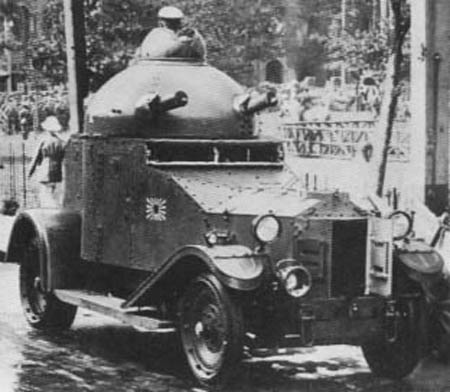
From 1925 on IJA and IJN bought some 12 Vickers Crossley Model 1925 Armoured Cars and used them for infantry and cavalry training. During the late 1920th incidents in Manchuria and northern China the vehicles were used with good success for patrol duties and infantry support.
The vehicles were of standard serial production. The Crew consisted of forward and reverse driver, gunner and commander. The armor strength was 4 - 5,5 mm. Armament consisted of two Vickers 7,7 mm MGs which could be mounted in four gun ports inside the hermispherical turret.
Official designation was “Type Crossley Armoured Car” but western sources also use “Dowa Armoured Car” which is (afaik) caused by a misinterpretation of japanese newspaper reports. The IJN vehicles were stationed in Shanghai for protection of the japanese settlement. The vehicles were used extensively during the 1932 Shanghai Incident. Until 1937 they were replaced by domestic light tanks or tankettes. The final fate is unknown
Data:
vehicles bought: 12
battle weight: 4,85 t
crew: 4 men
armor 4 - 5,5 mm
length: 5020mm
width: 1870 mm
height: 2580 mm
engine: Crossley 4-cylinder inline gasoline
power: 50 hp
maximum speed: 64 km/h forward, 8 km/h reverse
range: 200 km
Power/weight ratio: 11,1 hp/t
armament: 2 X 7,7 mm Vickers MG
e) Wolseley Armored Car / Simple Armored Car:
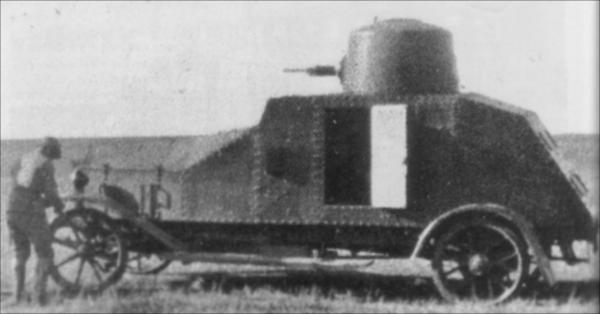
In 1928 IJA ordered Isuzu to develop an armored car based on their licence-built Wolseley CP 1,5 t truck chassis. The Vickers-made armour of the Type Crossley AC was taken as basis for the armour scheme. The side extensions of the fighting compartment were removed as they were unnecessary due to the smaller turret. Armament consisted of a Type Taisho 3 6,5 mm MG. The vehicles were operated by a forward and a reverse driver, a gunner and a commander. First reported use of this vehicles was during a 1930 cavalry exercise at Mount Fuji Training Ground. At least two vehicles were built.
The official designation is unknown, some IJA source refere to it as “Simple Armored Car” while most western sources use “Wolseley Armored Car” or even “Vickers Wolseley Armoured Car” due to the copied armour scheme. No further details known.
The vehicles weight of 4,2 t was quite large for a 1,5 t truck chassis so it can be assumed that it had serious problems with the weight of the armour. In addition the engine power of 30 hp was quite weak for such a vehicle making it clumsy.
Data:
vehicles built: at least 2
battle weight: 4,2 t
crew: 4 men
armor 6 mm
length: 5562mm
width: 1892 mm
height: 2615 mm
power: 30 hp
maximum speed: 40 km/h forward, 8 km/h reverse
range: 200 km
Power/weight ratio: 7,1 hp/t
armament: 1 X Type Taisho 3 6,5 mm MG
to be continued in part 2…

